Understanding the Connection Between Morels and Trees
Morel mushrooms (Morchella species) are among the most sought-after wild edible fungi in North America and beyond. Their distinctive honeycomb-patterned caps, delicious flavor profile, and springtime emergence make them a prized find for foragers. What many casual mushroom hunters don't realize is that the relationship between morels and certain tree species is one of the most reliable keys to successful hunting.
Morel mushroom trees—those species that consistently host or promote morel growth—create specific soil conditions and ecological relationships that favor morel fruiting. Understanding which trees attract morels, why these relationships exist, and how to identify these arboreal allies can dramatically improve your foraging success rate.
This comprehensive guide explores the fascinating connection between morels and their companion trees, providing practical knowledge for both beginner and experienced mushroom hunters seeking to enhance their spring harvests.

Key Tree Species That Host Morel Mushrooms
Elm Trees: The Classic Morel Companion
American elm trees (Ulmus americana) have historically been considered the premier morel mushroom trees:
- Dying elms: Trees infected with Dutch elm disease are particularly productive
- Root zone focus: Morels typically appear in the root zone extending out from the trunk
- Timing relationship: Often produce most abundantly 1-3 years after tree death
- Bark identification: Look for distinctive diamond-pattern bark on mature trees
- Habitat preference: Commonly found in river bottoms, floodplains, and mixed hardwood forests
The relationship between elms and morels is so strong that experienced foragers often map dead elm locations specifically for spring hunting.
Ash Trees: Reliable Morel Producers
Various ash species (Fraxinus) rank among the most consistent morel mushroom trees:
- Emerald ash borer effect: Trees killed by this invasive insect often produce abundant morels
- Species variations: White ash, green ash, and black ash all associate with morels
- Identification tips: Look for compound leaves and distinctive opposite branching pattern
- Bark characteristics: Mature trees feature tight, diamond-shaped ridges in bark
- Geographic prevalence: Widespread across eastern and midwestern North America
The ongoing spread of emerald ash borer has created unprecedented morel hunting opportunities near affected ash trees.
Apple Trees: Orchard Gold
Both cultivated and wild apple trees (Malus species) frequently support morel growth:
- Abandoned orchards: Old, untended apple orchards are legendary morel hotspots
- Age factor: Older apple trees tend to produce more morels than younger specimens
- Identification features: Gnarled branches, distinctive pink-white spring blossoms
- Timing considerations: Morels often appear when apple trees are in bloom
- Soil preference: Slightly acidic soils around apples seem particularly favorable
Many morel hunters maintain secret orchard locations that produce reliable harvests year after year.
Tulip Poplars: Eastern Favorites
Tulip poplar trees (Liriodendron tulipifera) are major morel mushroom trees in eastern forests:
- Size advantage: These tall, straight trees are easy to identify in the landscape
- Leaf recognition: Distinctive four-lobed leaves with cut-off appearance
- Bark pattern: Light gray with shallow furrows on mature trees
- Habitat type: Often found in rich, moist soils of mixed hardwood forests
- Regional importance: Particularly significant in Appalachian and southern forests
The association with tulip poplars becomes increasingly important as you move south in the eastern United States.
Cottonwoods: River Bottom Treasure
Eastern cottonwood (Populus deltoides) and other poplar species create prime morel habitat:
- Floodplain association: Often found in river bottoms and floodplains
- Identification traits: Large trees with deeply furrowed bark and triangular leaves
- Western importance: Major morel producers in western and midwestern states
- Soil conditions: Create rich, sandy-loam soils favorable to morel growth
- Root structure: Extensive root systems create ideal underground conditions
Cottonwood bottoms in states like Nebraska, Iowa, and Missouri are renowned for spectacular morel fruitings.
Understanding Why These Relationships Exist
The Science Behind Tree-Morel Connections
Several biological factors explain the relationship between morel mushroom trees and fungal fruiting:
- Mycorrhizal relationships: Evidence suggests morels form beneficial relationships with tree roots during part of their life cycle
- Saprotrophic behavior: Morels also function as decomposers of dead wood and organic matter
- Root exudates: Living tree roots release sugars and compounds that may nourish morel mycelium
- Soil chemistry changes: Trees modify soil pH and mineral composition to favor morels
- Life cycle triggers: Tree stress or death may signal morels to produce fruiting bodies
This complex relationship likely combines elements of both partnership and decomposition.
Dead and Dying Trees: The Morel Trigger
The connection between tree decline and morel abundance:
- Dutch elm disease: This fungal disease creates ideal conditions for morels around elms
- Emerald ash borer impact: Infested ash trees often produce morels as they decline
- Timing patterns: Peak production typically occurs 1-3 years after tree death
- Ecological niche: Morels may help break down tree roots as primary decomposers
- Nutrient release: Dying trees release stored nutrients that feed morel mycelium
Many researchers believe morels sense chemical signals from stressed or dying trees that trigger fruiting.
Soil Conditions Created by Host Trees
How specific trees modify soil to benefit morels:
- Leaf litter quality: Different tree species create distinct organic matter profiles
- pH modification: Many morel-friendly trees create slightly acidic soil conditions
- Calcium content: Elm, ash, and apple trees often increase available soil calcium
- Moisture retention: Root structures and canopy effects create ideal moisture conditions
- Microorganism communities: Host trees foster specific soil bacteria that may benefit morels
These soil factors help explain why certain tree species consistently outperform others as morel hosts.
Burn Morels: A Special Tree Relationship
Fire-Adapted Morel Species
The unique relationship between forest fires, trees, and certain morel species:
- Post-fire fruiting: Extraordinary morel fruitings often occur the spring after forest fires
- Species specificity: Certain morel species appear exclusively in burn environments
- Conifer association: Particularly common in burned coniferous forests
- Geographic importance: Major economic significance in western North America
- Commercial harvesting: Support significant commercial morel operations
Burn morels represent a distinct ecological adaptation compared to hardwood-associated species.
Conifer Burn Zones
Tree species associated with burn morels:
- Ponderosa pine: Major host in western mountain burn areas
- Douglas fir: Associated with productive burn morels in Pacific Northwest
- Lodgepole pine: Important in Rocky Mountain burn zones
- Mixed conifer forests: Often produce the most abundant harvests
- Forest type transitions: Edges between different forest types are often productive
These coniferous forests create specific post-fire conditions that trigger massive morel fruitings.
The Burn Morel Life Cycle
How fire creates ideal conditions for certain morel species:
- Heat effects: Fire may directly stimulate dormant morel sclerotia
- Ash bed creation: Mineral-rich ash provides nutrients for fungal growth
- Competition reduction: Fire eliminates competing organisms
- Temperature modification: Blackened ground warms more quickly in spring
- pH alteration: Ash typically raises soil pH to slightly alkaline levels
Understanding these mechanisms helps explain the extraordinary productivity of burn sites.
How to Identify Morel Mushroom Trees
Visual Identification Tips
Recognizing potential host trees in the field:
- Bark patterns: Learn the distinctive bark of elm, ash, tulip poplar, and other hosts
- Leaf identification: Even fallen leaves can help identify promising trees
- Size and form: Mature specimens of host species are generally more productive
- Seasonal indicators: Spring buds and flowers help confirm tree species
- Stand composition: Note the mixture of trees in productive areas
Developing tree identification skills dramatically improves morel hunting efficiency.
Using Technology and Resources
Modern tools to help locate morel mushroom trees:
- Tree identification apps: Smartphone applications that identify trees from photos
- Forestry maps: Show composition of woodlands and dominant species
- Satellite imagery: Reveals potential orchards, river bottoms, and forest types
- GPS marking: Record exact locations of productive trees for future reference
- Local extension services: Provide information on regional tree distributions
These technological aids complement traditional field identification skills.
Seasonal Changes in Tree Identification
Adapting to seasonal variations in tree appearance:
- Winter identification: Focus on bark patterns, form, and remaining seed structures
- Early spring recognition: Bud characteristics and early flowering features
- Full spring identification: Leaf emergence and flowering patterns
- Post-season scouting: Summer leaf patterns help map for next season
- Fall identification: Distinctive fall colors and leaf drop patterns
Learning to identify potential host trees throughout the year extends your scouting season.
Regional Variations in Morel Mushroom Trees
Eastern North America
Tree associations in eastern forests:
- Appalachian region: Tulip poplar dominance with ash and elm mixed in
- Great Lakes area: Elm and ash as primary producers with apple in agricultural areas
- New England: Apple, ash, and mixed hardwoods depending on exact location
- Southeastern states: Tulip poplar becomes increasingly important
- Urban/suburban areas: Old elms in parks and neighborhoods can be productive
Regional variations reflect native tree distributions and land use history.

Midwestern States
The morel heartland's tree connections:
- River bottom focus: Cottonwoods and sycamores along waterways
- Agricultural interfaces: Elm woodlots and fence rows amid farmland
- Remaining elm stands: Isolated disease-resistant survivors
- Ash decline areas: Zones affected by emerald ash borer
- Old orchards: Abandoned apple orchards throughout the region
The Midwest's mix of agriculture and fragmented forests creates diverse morel habitats.
Western North America
Different tree associations in western states:
- Burn site importance: Conifer burn areas dominate western production
- Riparian cottonwoods: Major producers along western rivers
- Apple country: Old orchards in Washington, Oregon, and California
- Mixed conifer forests: Higher elevation spring fruitings
- Aspen groves: Sometimes productive in mountain regions
Western morel hunting often involves different strategies and tree associations than eastern approaches.
Field Strategies for Finding Morel Mushroom Trees
Scouting in the Off-Season
Preparation before morel season arrives:
- Winter tree identification: Locate potential host trees while forests are dormant
- Map creation: Mark promising areas on physical or digital maps
- Land access research: Identify ownership and obtain necessary permissions
- Transportation planning: Determine access routes to remote locations
- Historical research: Learn about old orchards, logger camps, and forest disturbances
Pre-season scouting significantly increases hunting efficiency when morels emerge.

Early Season Approach
Strategies for the beginning of morel season:
- South-facing slopes: Focus on warmest locations first
- Early indicators: Look for specific wildflowers that emerge with morels
- Tree progression: Follow tree budding and flowering patterns
- Soil temperature monitoring: Use a soil thermometer to find 50-55°F (10-13°C) ground
- Elevation considerations: Start at lowest elevations and work upward
Early season success often depends on finding the warmest microhabitats.
Peak Season Techniques
Maximizing success during prime morel time:
- Systematic grid search: Thoroughly cover the area around productive trees
- Visual scanning distance: Maintain 10-15 foot visual focus while walking slowly
- Weather response: Hunt after warm rains when conditions are ideal
- Time management: Return to partially productive areas as season progresses
- Pattern recognition: Note similarities between productive locations
Developing a methodical approach to searching around host trees improves results.
Ethical and Sustainable Harvest Practices
Responsible Tree Knowledge
Using tree knowledge ethically:
- Respect for habitat: Minimize disturbance around host trees
- Selective harvesting: Take only a portion of mushrooms found
- Private property awareness: Always obtain permission before hunting
- Knowledge sharing limitations: Consider the impact of revealing productive locations
- Tree protection: Avoid damaging host trees while foraging
Ethical practices ensure continued productivity of morel habitats.
Minimizing Environmental Impact
Sustainable foraging around morel mushroom trees:
- Stay on established paths: Minimize trampling of vegetation
- Careful collection methods: Cut rather than pull mushrooms
- Spore dispersal: Use mesh bags to spread spores while hunting
- Leave no trace: Pack out all trash and minimize disturbance
- Avoid habitat destruction: Don't remove ground cover or dig unnecessarily
These practices help preserve morel populations for future seasons.
Community Guidelines
Shared standards among morel enthusiasts:
- Mentorship approach: Teach proper identification and sustainable practices
- Harvest limits: Take only what you'll use
- Location respect: Honor others' traditional hunting grounds
- Information sharing: Balance secrecy with educational openness
- Conservation advocacy: Support forest preservation efforts
Community standards help maintain both the activity and resource for future generations.
Beyond Finding: Cooking with Your Harvest
Simple Preparations
Basic cooking methods that showcase morels:
- Butter sauté: The classic preparation that highlights natural flavors
- Morels on toast: Simple yet delicious way to enjoy your harvest
- Simple pasta additions: Morels with light cream sauce and pasta
- Preservation methods: Drying techniques to extend your tree-hunting rewards
- Flavor pairing: Foods that complement the distinct flavor of morels
Simple preparations often best showcase the unique flavor of tree-associated morels.
Tree-Specific Variations
How the host tree may influence cooking approach:
- Elm morels: Often have more robust flavor that pairs well with hearty dishes
- Apple orchard finds: Delicate flavor works well with lighter preparations
- Ash-associated specimens: Medium body pairs well with poultry
- Burn morels: Often stronger flavor that stands up to grilling
- Cottonwood morels: Frequently larger size perfect for stuffing
While subtle, these variations can inform cooking approaches for discerning palates.
Conclusion: The Art and Science of Morel Mushroom Trees
Understanding morel mushroom trees represents one of the most valuable skills a forager can develop. The fascinating ecological relationships between these fungi and their arboreal companions not only helps improve hunting success but also deepens appreciation for forest ecosystems.
By learning to identify elm, ash, apple, tulip poplar, cottonwood, and other host trees, you transform random searching into informed foraging. This knowledge connects you to generations of mushroom hunters who have passed down tree wisdom through the years.
As you develop your skills at finding and identifying morel mushroom trees, remember to practice sustainable harvesting and respect for the environments that produce these spring treasures. With proper care, the remarkable relationship between morels and their host trees can continue providing enjoyment and delicious harvests for generations to come.
Whether you're a novice hunter just learning to tell an elm from an ash, or an experienced forager mapping dying trees for next season's hunt, the connection between morels and trees offers an endless journey of discovery, with delicious rewards for those who learn its secrets.

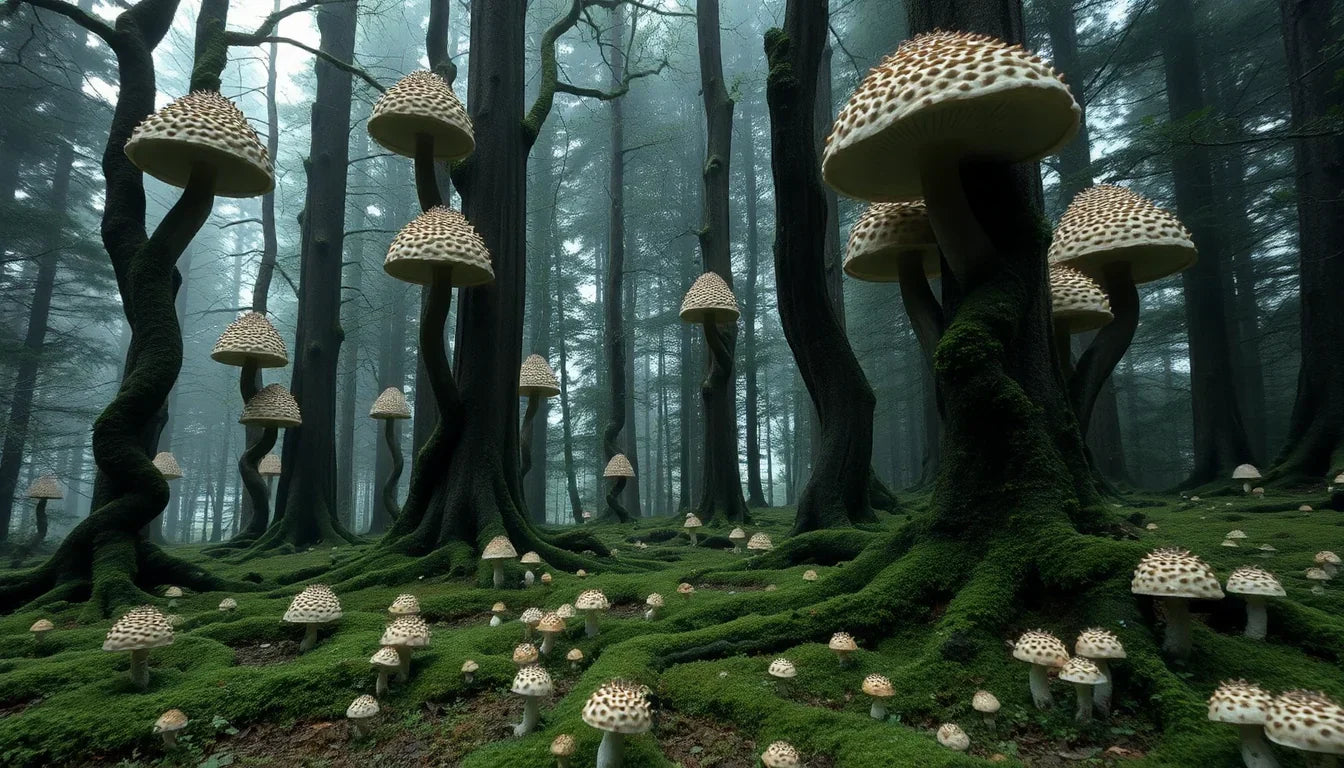
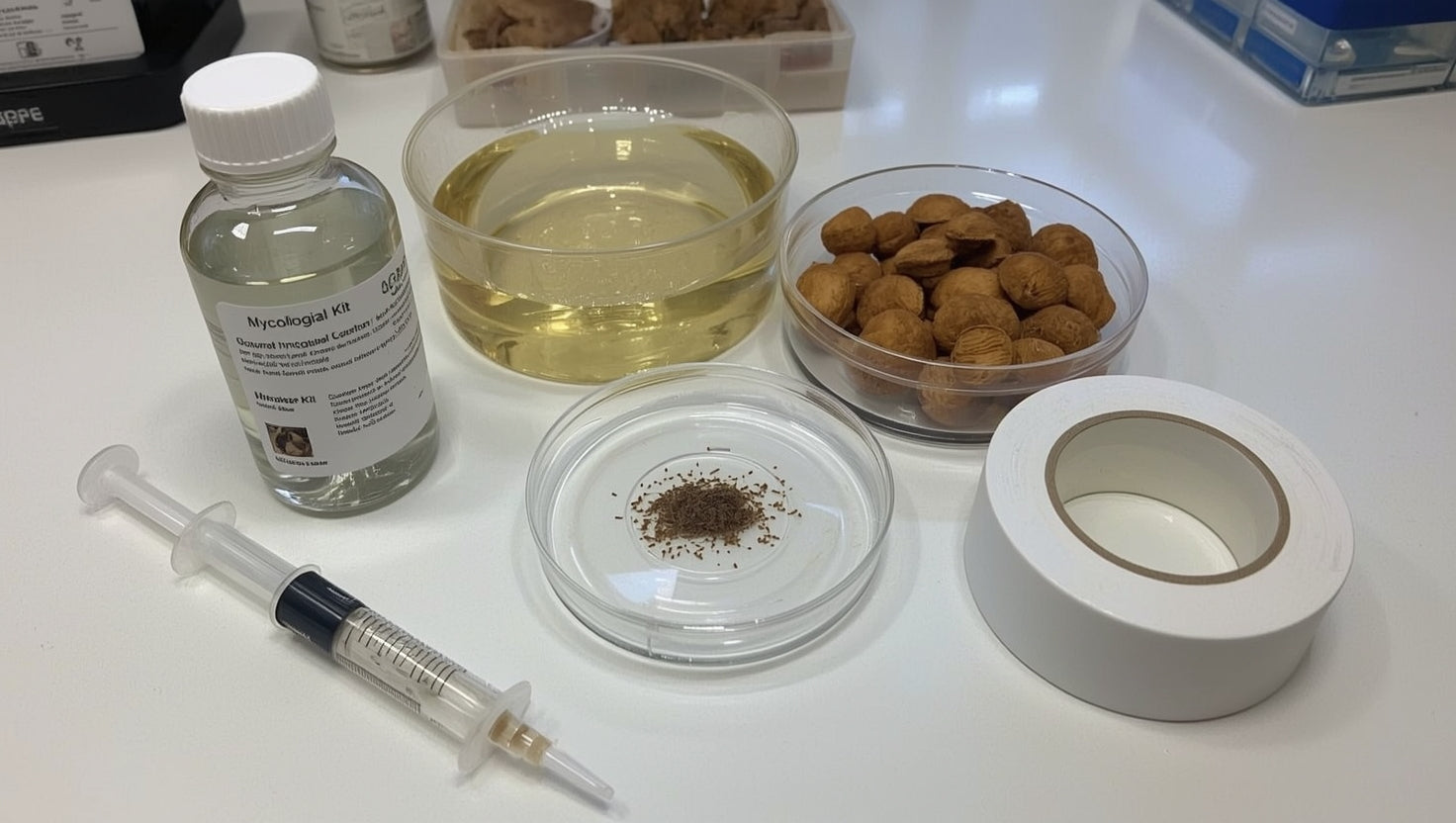
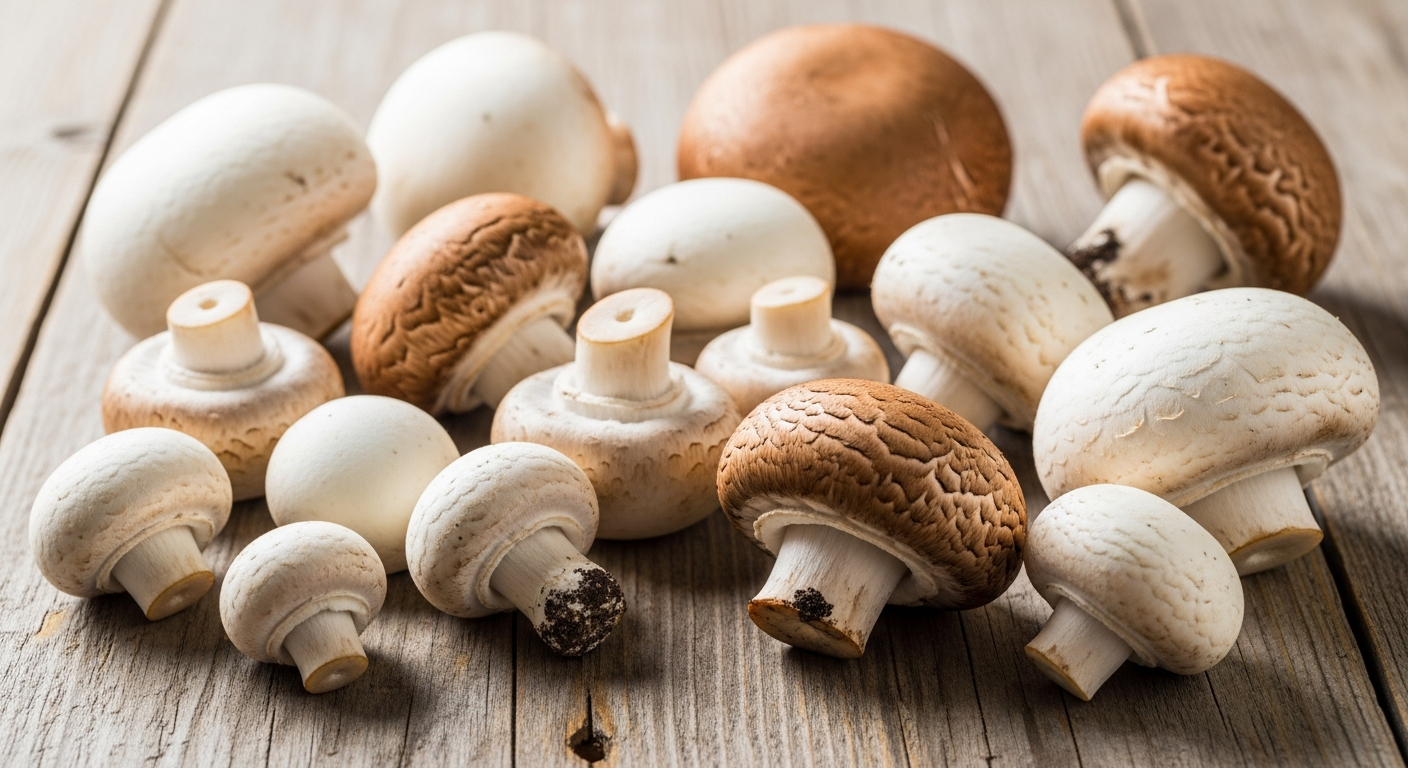
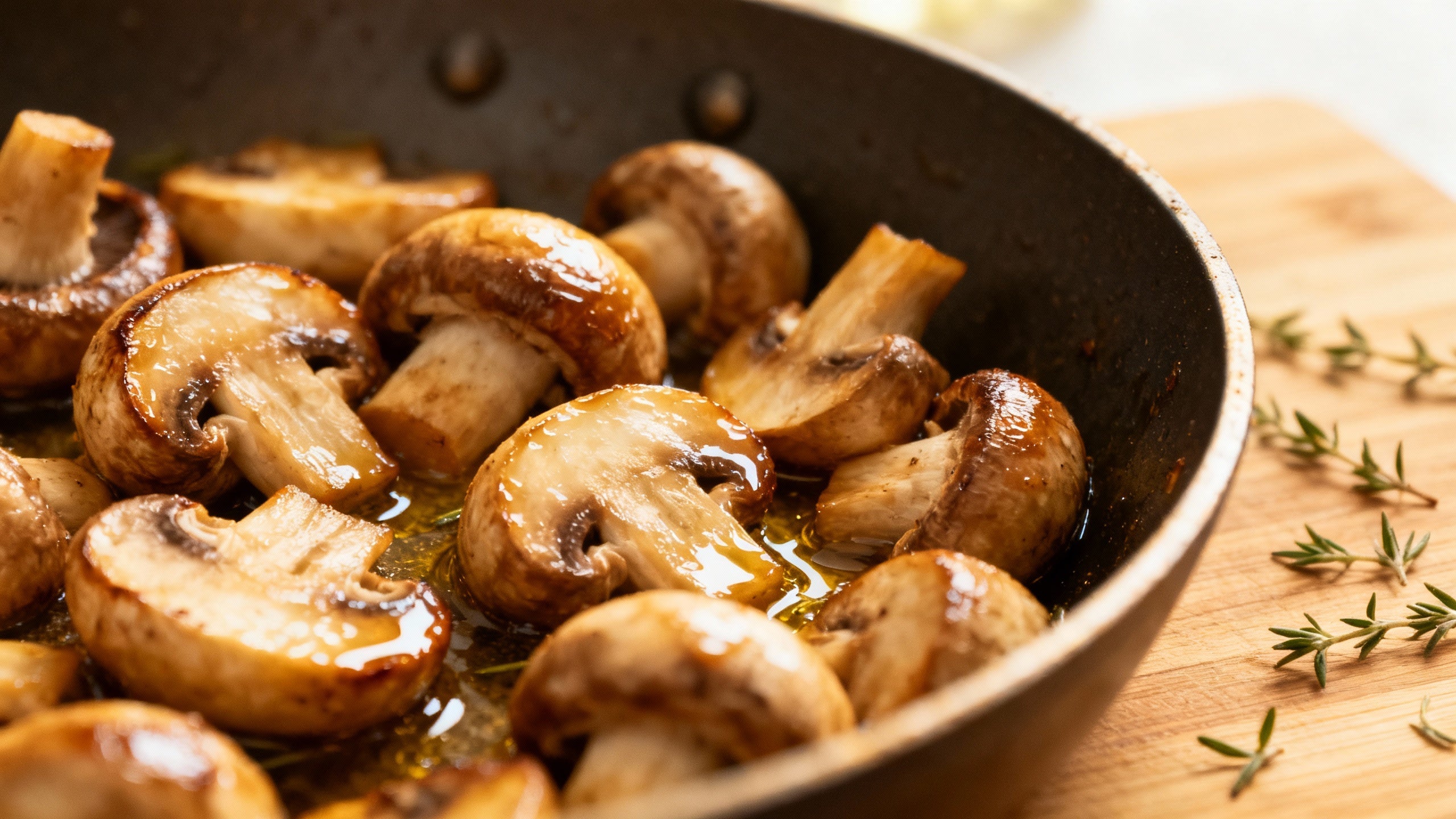
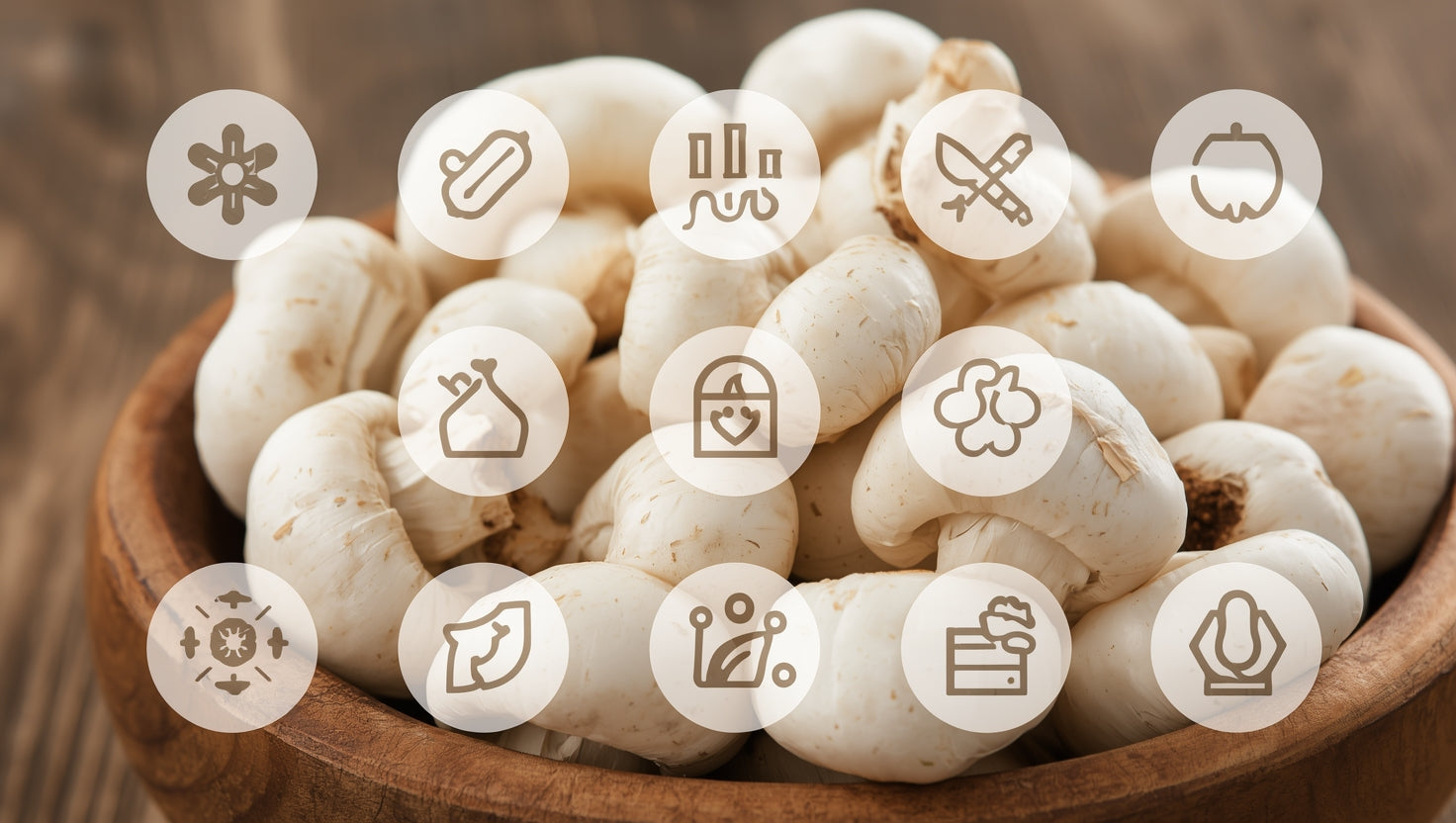
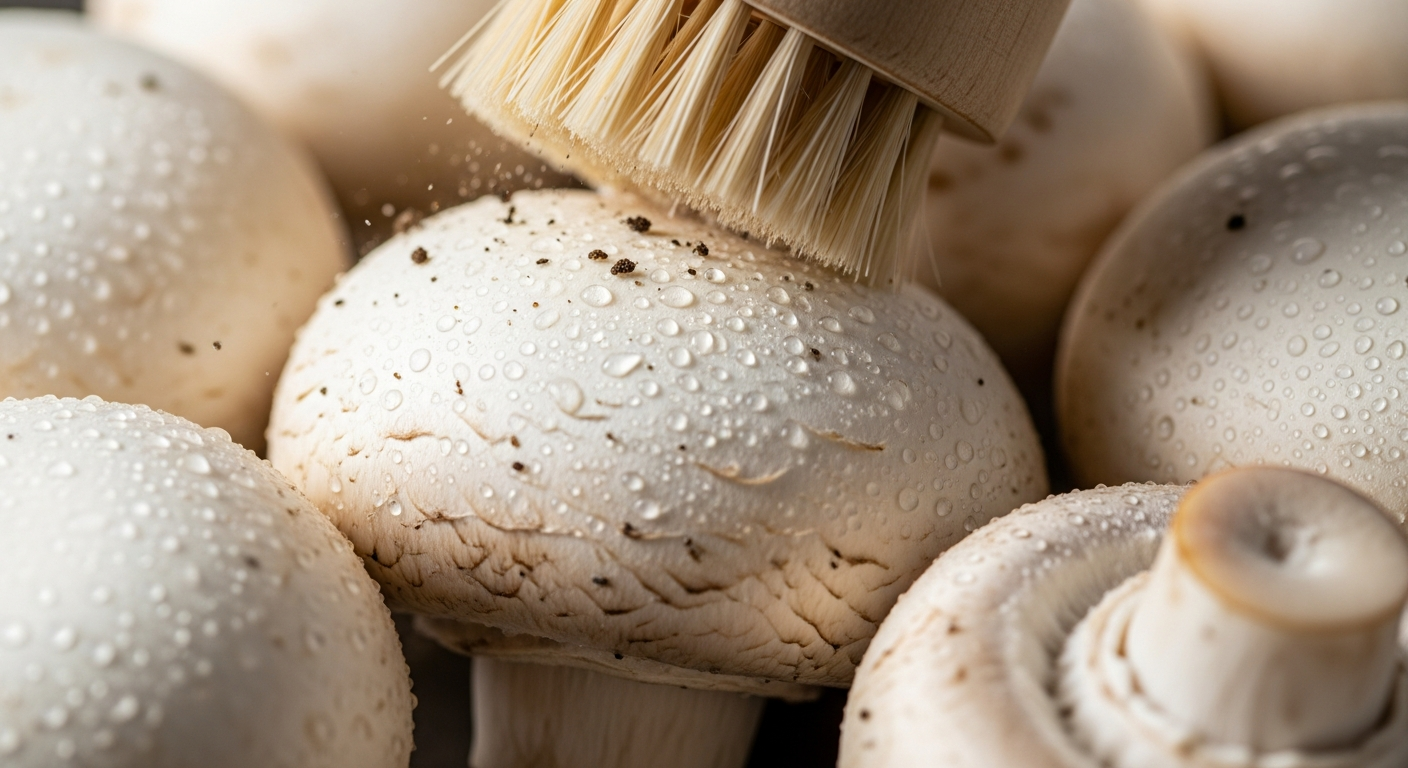
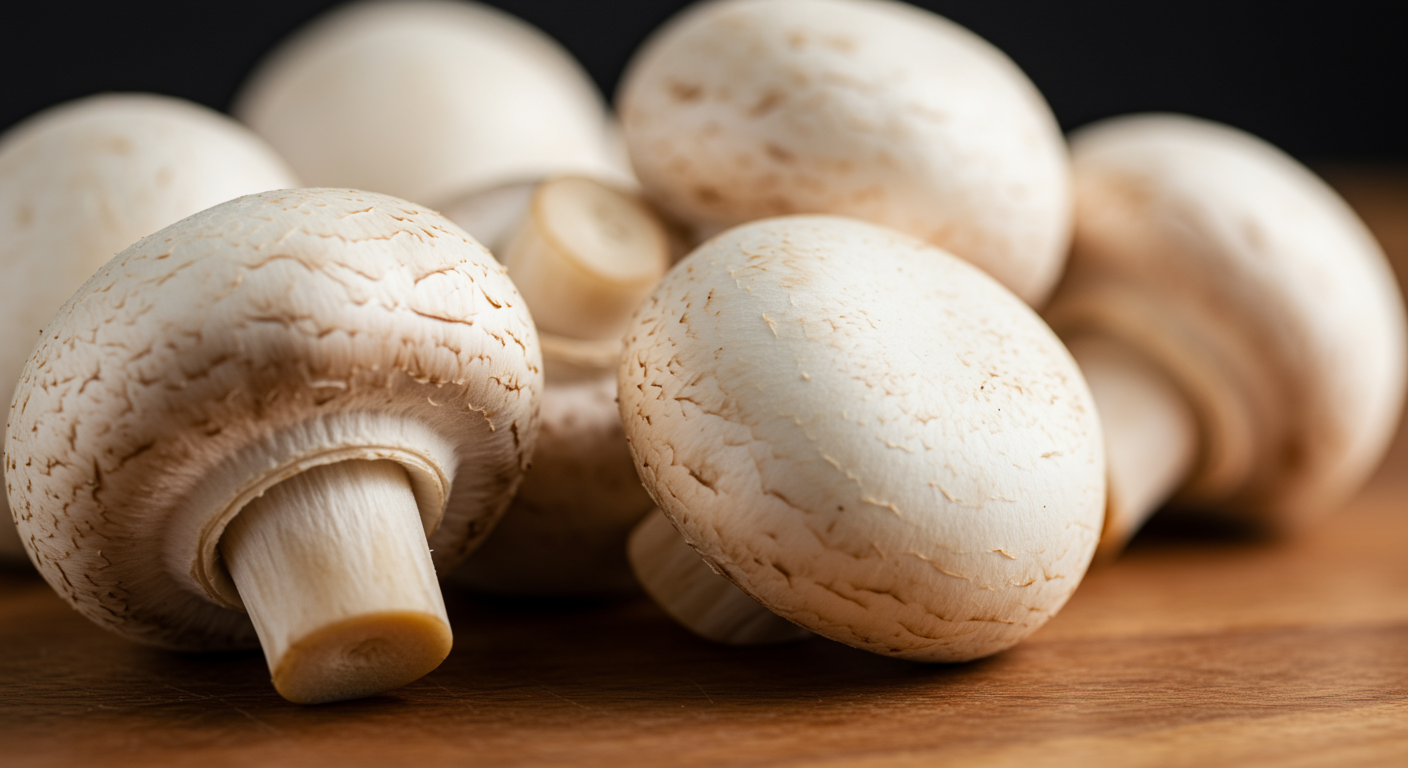

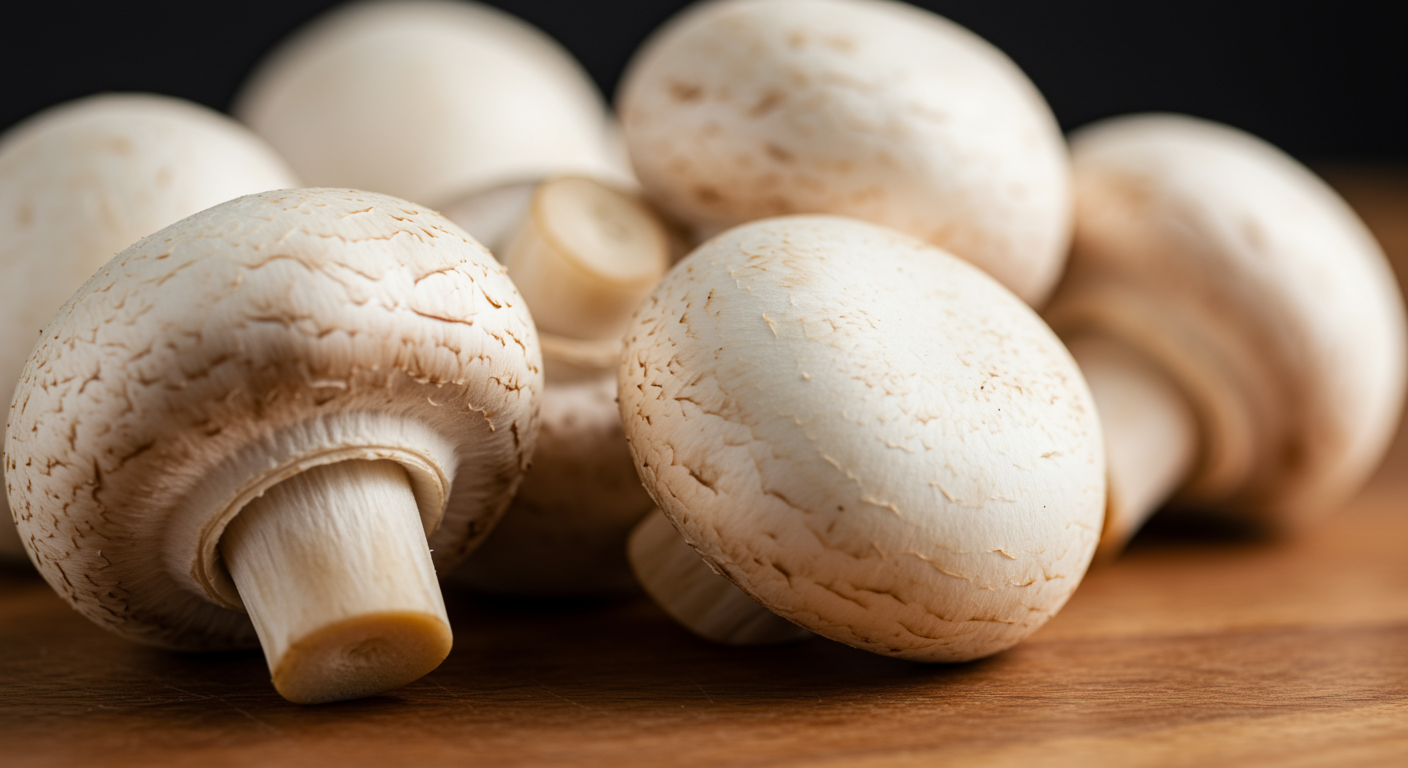
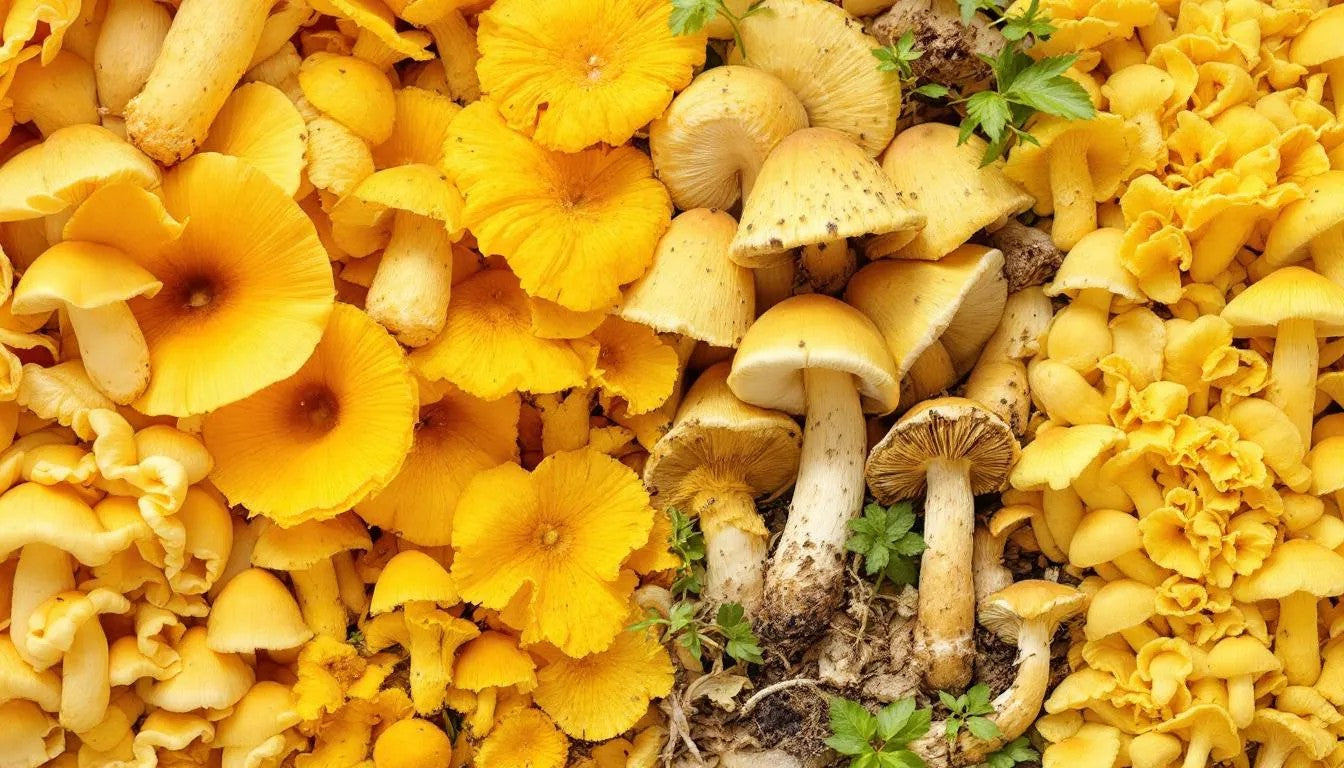
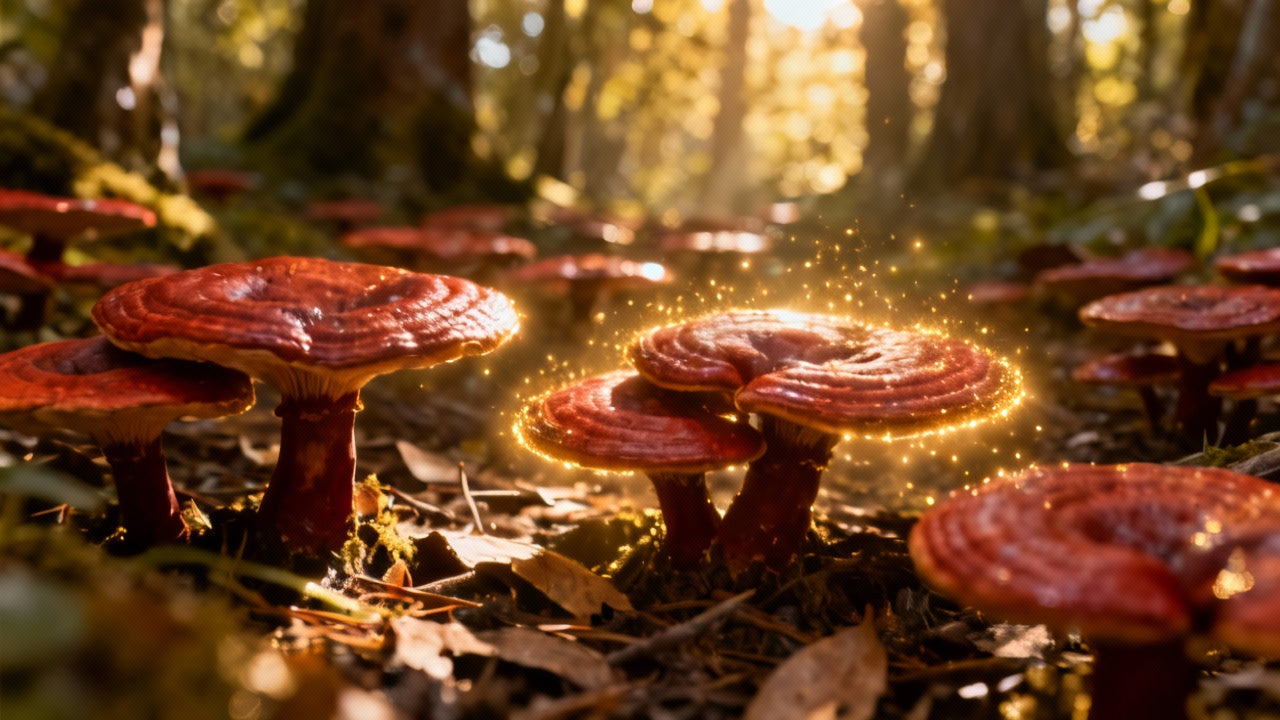
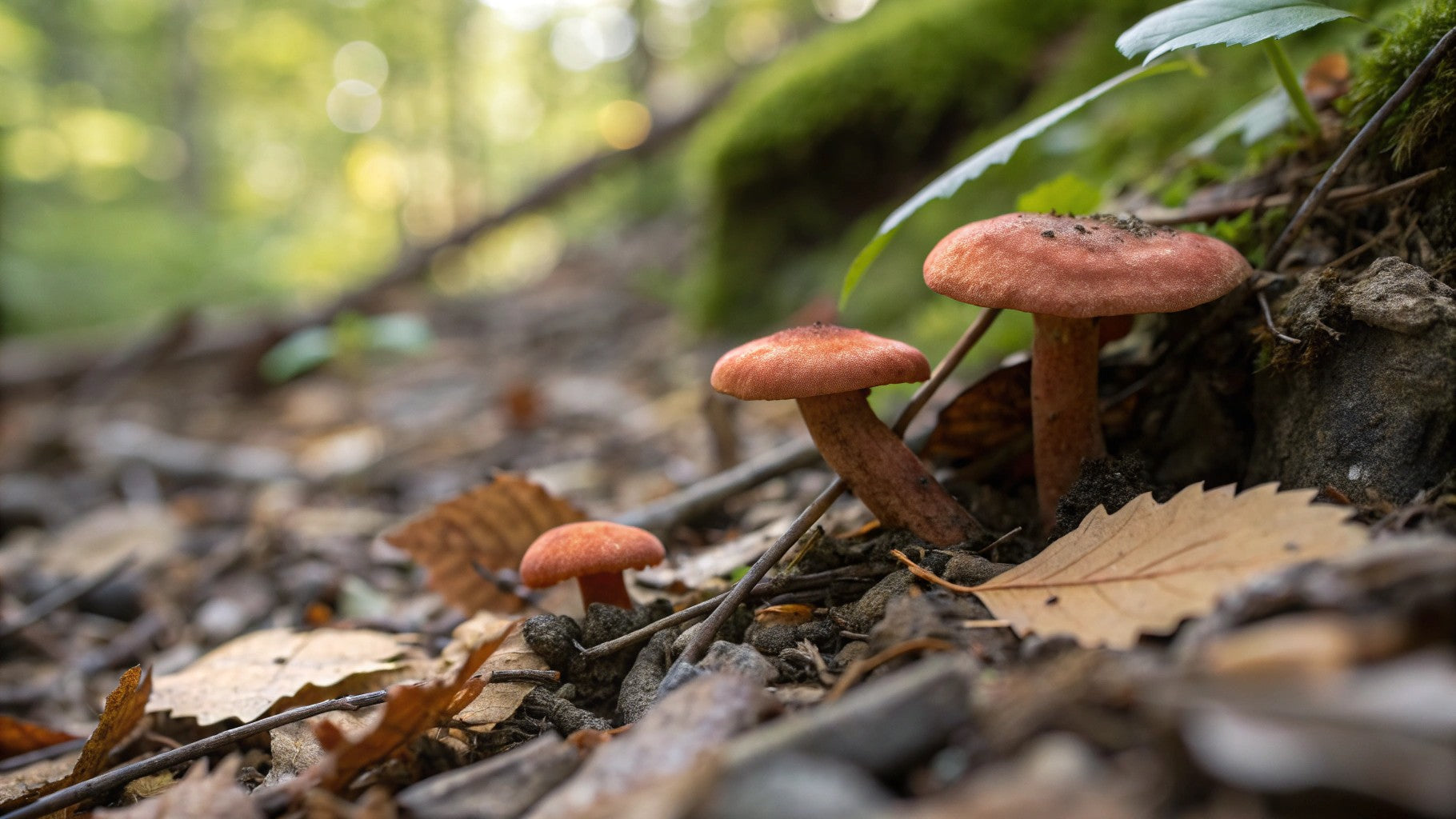
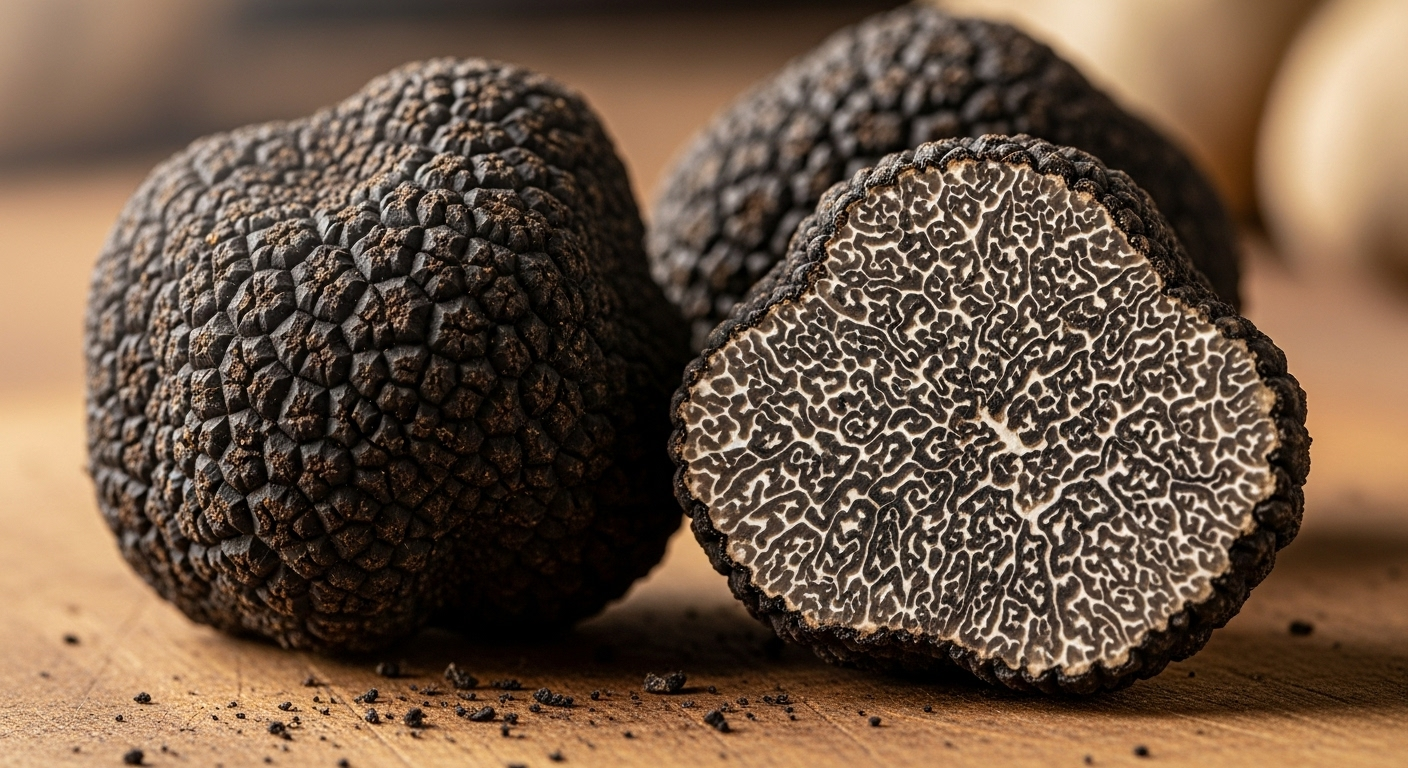
Share:
Morel Mushroom Seeds: A Gardener's Delight
Wild Morel Mushrooms: A Forager’s Delight and Nature’s Hidden Treasure